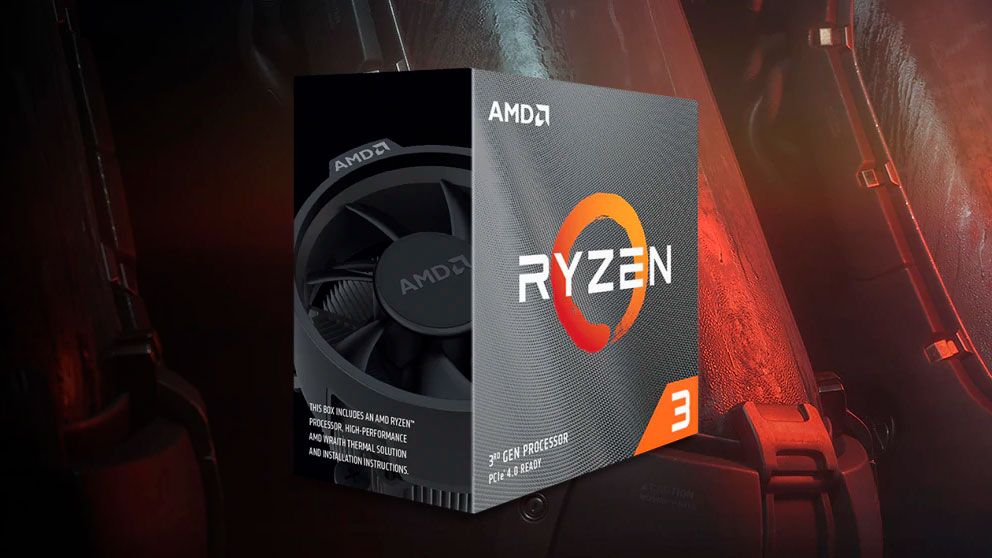But the parts will still be based on the Zen 2 architecture
According to a Chiphell forum post, Tweeted by @momomo_us, AMD is not about to let Intel steal the show with its new Alder Lake-based Core i3 processors. Instead, AMD is reportedly poised to fight back with new Ryzen 3 and Ryzen 5 chips codenamed Renior-X. These chips are rumored refreshes of the Ryzen 4000G lineup but lack integrated graphics.
Release dates are unknown at this time, but we expect an early or mid-2022 release timeframe if AMD wants to be aggressive with Intel.
We don’t know any details of the new Ryzen 4000 parts officially, but the codename Renior-X does indicate that this could be a refreshed Zen 2 architecture. This means we could see Zen 2 quad-core chips with some very high core frequencies to ensure they can maintain competitiveness with the new Alder Lake Core i3s.
AMD’s Ryzen 4000G APUs currently consist of Ryzen 3, 5, and 7 models focused on the OEM market. To quickly recap the specs, the Ryzen 3 4300G comes with four cores, 6MB of cache, and a 4GHz boost frequency. The Ryzen 5 4600G increases the core count to six and comes with 11MB of cache alongside a 4.2GHz boost frequency.
If the rumors are true, we can expect the new Renior-X Ryzen 3 and Ryzen 5 models to follow the same core configurations. However, due to the lack of integrated graphics, AMD may have extra room to add more cache to the CPUs, and give the chips core frequencies similar to something like the Ryzen 5 5600X due to the refreshed Zen 2 architecture.
It’s somewhat surprising to see AMD making a comeback to the entry-level market; the company pays little attention to the sub $150 price bracket as of late. The only products representing the entry-level market for AMD right now — besides highly discounted Zen+ parts, would be the Ryzen 3 3100 and 3300X. But, even these CPUs are difficult to find, especially during the ongoing CPU shortage.
If AMD does release a Ryzen 4000 series product without integrated graphics next year, it’ll be the first time the company has made a full comeback to the entry-level market in over a year. Even then, these chips will be recycled from AMD’s older Zen 2 architecture instead of its bleeding-edge Zen 3 architecture that debuted nearly a year ago.
We suspect AMD is doing this to ensure its Zen 3 silicon goes towards its current processor production, to both cut-down costs and increase production efficiency. This is especially true with how strained TSMC is right now, trying its best to supply all of its partners with as much silicon as it can.
For now, we don’t have any information regarding the prices of these chips. However, these new Ryzen CPUs will need to come in under the $200 threshold to compete in the entry-level segment.
